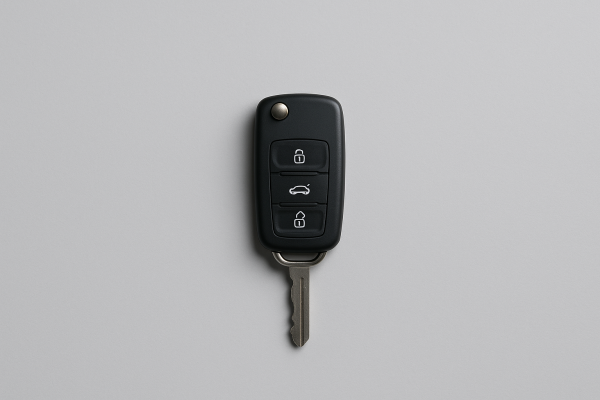
Embarking on your journey to becoming a new driver involves more than mastering the rules of the road. Effective financial planning is key to successfully navigating the costs associated with driving lessons, tests, and purchasing your first car. Understanding these expenses can help young drivers make informed decisions and achieve their driving goals.
Financial planning is a crucial aspect for anyone looking to start their driving journey. The costs can quickly add up, making it essential for you to have a clear understanding of the expenses involved. From lessons and tests to finally owning a car, each step requires careful consideration of your budget. Being aware of these costs will ensure you are well-prepared and financially equipped to handle the journey ahead. Exploring options to finance cars for young drivers can also be a part of this planning process.
Breaking down costs for new drivers
Starting your driving journey requires an investment in both time and money. The initial step involves enrolling in driving lessons, which typically constitute one of the largest expenses. Driving lessons can be costly, and most learners require a significant number of professional instruction hours. Additionally, theory test fees and practical test expenses add to the overall cost. The theory test and practical test both have set fees that contribute to the initial expenses.
Beyond lessons and tests, obtaining your provisional driving licence is another necessary expense. The cost for a provisional licence varies depending on the application method. These initial expenses highlight the importance of budgeting effectively from the onset. By understanding these costs upfront, you can better allocate resources and prepare for each stage of your driving journey.
Planning ahead can save you from unexpected financial burdens as you progress through learning stages. Additionally, consider investing in study materials such as books or apps designed to help you pass the theory test on your first attempt, potentially reducing overall costs by avoiding retakes.
Budgeting tips for young drivers
Creating a realistic budget is vital for managing your finances effectively as a new driver. Start by tracking your income and expenses to identify how much you can afford to allocate toward driving-related costs each month. Consider setting up a dedicated savings account specifically for driving expenses to avoid dipping into other funds unexpectedly. This approach allows you to save gradually over time without feeling overwhelmed by larger sums.
Understanding the financial responsibilities of car ownership is equally important once you’re ready to purchase your first vehicle. Besides the purchase price, factor in ongoing expenses such as insurance premiums, road tax, maintenance, and fuel costs. Researching these aspects will give you a comprehensive view of what car ownership entails financially.
Saving for your first car requires discipline and strategic planning. Set clear goals regarding how much you’d like to save within specific timeframes. Look for opportunities where you can cut back on non-essential spending or find additional income sources that could contribute towards reaching those savings targets faster.
Choosing an affordable vehicle
Selecting an affordable vehicle involves more than just comparing price tags; several factors should influence your decision-making process. One crucial aspect is insurance costs – smaller engine sizes often result in lower premiums due to decreased risk factors associated with them compared to larger engines.
Fuel efficiency plays another significant role when choosing an economical option – vehicles with higher miles per gallon (MPG) ratings generally offer better long-term savings at petrol stations. Additionally, research common maintenance issues associated with particular makes/models before making any commitments – some cars may have higher repair frequencies/costs than others based on parts availability or complexity.
Consider buying pre-owned vehicles rather than brand-new ones if affordability remains a top priority; used cars typically depreciate less rapidly after initial purchase while still providing reliable transportation options at reduced prices compared against newer counterparts purchased directly from dealerships.
Exploring financing options
Navigating financing options can seem daunting initially but breaking down available choices helps simplify this process significantly. One popular method includes taking out loans specifically tailored towards purchasing automobiles where monthly repayments occur over predetermined periods agreed upon beforehand between borrower and lender parties involved.
Leasing presents another viable option – instead of outright ownership, you pay to use the car for a set period. This can be beneficial if you prefer driving newer models without the commitment of long-term ownership. However, it’s essential to understand the terms and conditions of leasing agreements, including mileage limits and potential fees for wear and tear.
Before deciding on a financing option, evaluate your financial situation and long-term goals. Consider consulting with a financial advisor to explore all available options and choose the one that best aligns with your needs and budget.
